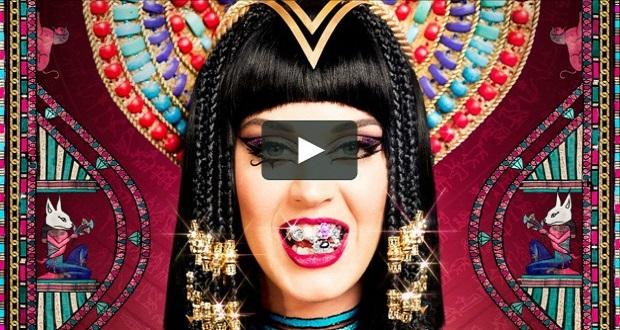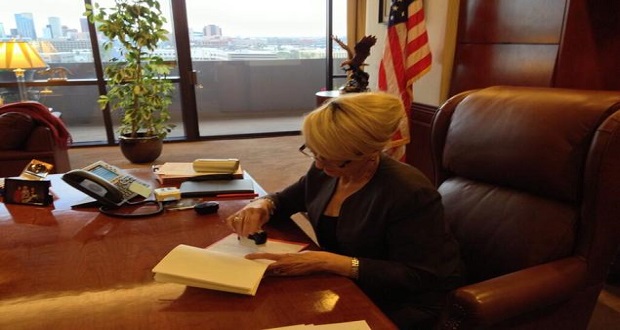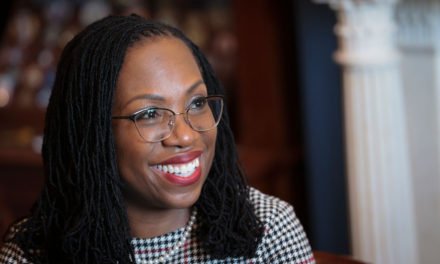Katheryn Elizabeth Hudson aka Katy Perry is a pop culture icon who has won awards that range from the Billboard Women of the Year to the MTV Europe Best New Act Award. She has won the hearts of millions and has created timeless art that will likely remain for generations. However, in recent media, she has not been as hot as her accolades have portrayed.
Perry was recently called out for cultural appropriation. In sum, cultural appropriation can be defined as the negative, exploitative adoption of particular elements of one culture by members of a different culture. In Perry’s case, cultural appropriation was evident in her “This is How We Do” video. In the video, she is seen relaxing and wearing a long, dark, braided ponytail, holding a piece of watermelon. As if that wasn’t enough, later in the video she drops the lyrics, “Now we’re talking astrology, getting our nails did all Japanese-y,” further perpetuating the stereotype of the Asian nail stylist.
This is not Perry’s first cultural appropriation “rodeo,” however. In her “Dark Horse” video she mocks the entire Ancient Egyptian culture by using their cultural markers as a sort of “prop” for the video. She also thought it to be okay to wear her interpretation of Native American dress during the 2010 Coachella Music Festival.
Although she made a public apology a few days ago, which some believed was just a stunt for her album release, as a D&I practitioner, I see things from a slightly different lens. At The Winters Group we posit the 4E Model to conceptualize the ingredients for cross-cultural effectiveness: Exposure, Experience, Education, and Empathy. In conjunction with these being societal buzzwords, they also act as a solid framework to assess an individual’s capacity to be effective across cultural differences.
Exposure: To what extent has a person encountered cultural difference and diversity on a regular basis (Who do you socialize with, what books do you read and shows do you watch, who is in your faith community, etc.)?
Experience: To what extent has a person engaged with others who are different than them in ways that are cross-culturally enriching? This differs from exposure, in that a person is willing to develop meaningfully relationships, be vulnerable, and share personal stories.
Education: To what extent has a person gained any new knowledge and skills through instruction, study, and experiences?
Empathy: To what extent does a person experience another person’s condition from their perspective? Have you metaphorically placed yourself in the other person’s shoes and felt what they feel?
In last week’s interview Perry stated, “I’ve made several mistakes. I won’t ever understand some of those things because of who I am. I will never understand, but I can educate myself and that’s what I’m trying to do along the way.” In Mary-Frances Winters new book she address the tendency that our society has to punish people, in particular public figures, for saying something that might offend a certain group.
I offer that instead of punishing the person, we must consider that they do not understand or have very little perspective on why they might be offensive, and we should help bridge the gap between the offensive statement and the offended cultural group by fostering a learning experience for both parties. We should help to create an environment of self-reflection for the offender and ALWAYS assume positive intent.
I believe that the more we consciously and intentionally apply the 4Es in our daily lives, the more our cultural awareness will develop, lessening these occasions of appropriation.
What do you think? Is she still in the wrong?



















